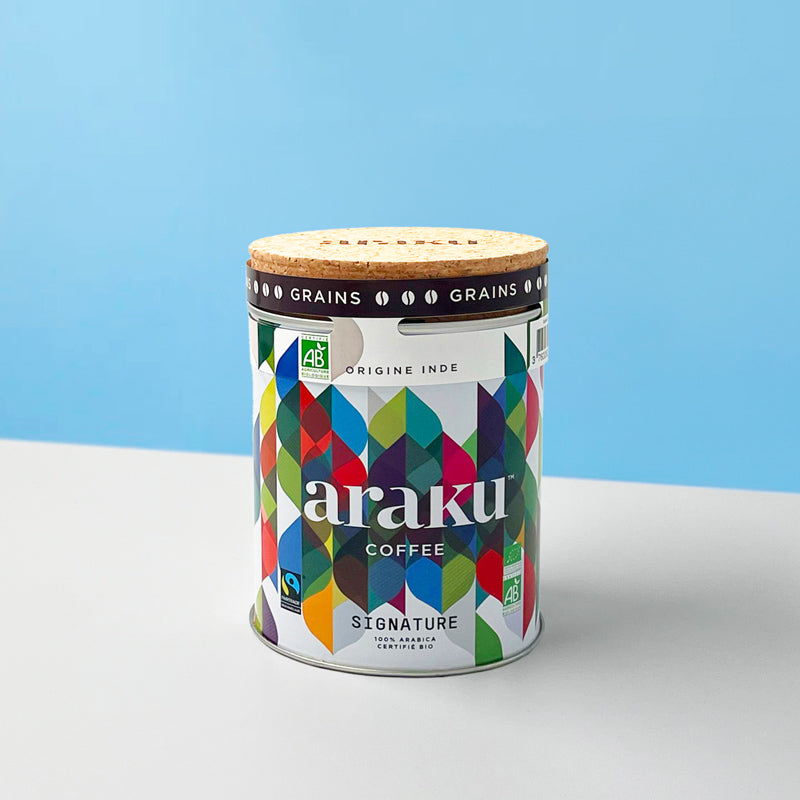HOW TO CHOOSE THE COFFEE ROASTING COLOR?
Choosing a coffee place is not something you should take lightly. Several criteria must be taken into account to select a tasty and refined coffee. The strength of its character, the balance of its flavors, its origin, without forgetting the color and the roasting method of the coffee... Why is this last element so important? How to choose your roasted coffee?
WHAT IS COFFEE ROASTING?
Roasting coffee involves cooking the beans so that they release all their flavors. When the grains are picked, they have a green color that comes in very bright tones. During the roasting process, the coffee gradually browns to take on the brown color (and its more or less light variants) that you know. Depending on the experience of the roaster, the cooking time and the nature of the beans (arabica, robusta, etc.), the final result will take on a different color, reflecting equally varied and rich aromas. The shades range from beige to black, including brown. To help you find your way around, several established categories make it easier to identify your coffee and its characteristics: very light, light, medium, dark and very dark. We sometimes encounter other similar names ranging from brown to very black, including amber, espresso or Italian.
CHOOSE THE COFFEE ROAST COLOR
The roasting color of the coffee is therefore a fundamental criterion for selecting one product rather than another according to your taste preferences and your expectations. Between eight and thirteen minutes of roasting the coffee, we obtain a clear bean with balanced and fragrant notes. There is even a touch of more or less pronounced acidity. After thirteen minutes of cooking, the medium (or medium) grain develops softer and sweeter aromas whose flavor remains persistent in the mouth. Coffee roasted for more than twenty minutes has more character and strength. Here, the acidity gives way to a constant touch of bitterness that accompanies a toasted or smoky note as an aftertaste. Roasting coffee allows you to multiply the subtlety of flavors. Each variety has its taste qualities, aromas and scents. But the richness and quality of a good coffee are not just about the color. They also relate to the different methods and techniques used by roasters. And, to form your own opinion, you always have the opportunity to taste different Araku coffees to choose the one that suits you best.
















